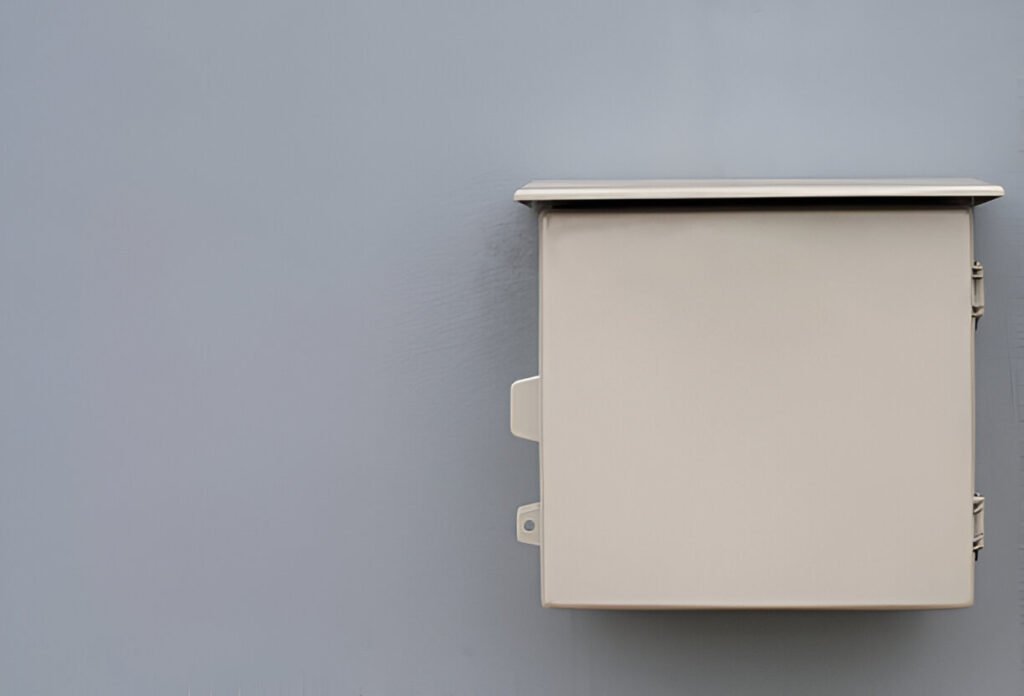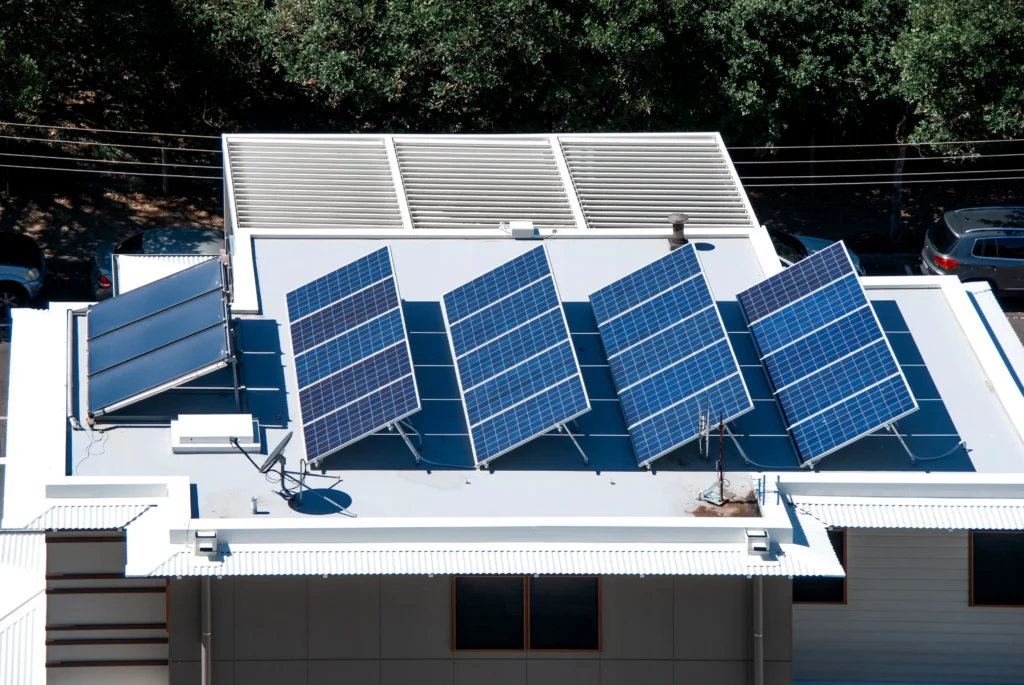What is a Distribution Box?
What is a distribution Box?
Imagine your home’s electrical system as a bustling city, with power lines as its highways. At the heart of this metropolis sits the distribution box – the Grand Central Station of electricity. The distribution box is a humble but vital piece of equipment that coordinates the flow of electricity throughout the building, ensuring that every light, appliance, and gadget gets its fair share of electrical juice.

Basic Structure and Working Principle of Distribution Box
Peek inside a distribution box, and you’ll find a sophisticated ensemble of components working in harmony:
Main Switch: The gatekeeper of your electrical kingdom, controlling access to all circuits.
Circuit Breakers: These vigilant guardians stand ready to slam the brakes on power flow at the first sign of trouble, protecting your home from electrical mayhem.
Bus Bars: Picture these as high-speed expressways, shuttling electricity from the main switch to individual neighborhoods (circuits) of your home.
Neutral Bar: The unsung hero providing a return path for electrical current, completing the circuit loop.
Grounding Bar: Your electrical system’s safety net, ready to redirect dangerous currents away from you and your appliances.
This electrical orchestra performs a simple yet vital symphony: power enters through the main switch, races along the bus bars, and disperses through circuit breakers to illuminate and energize your world.
Key Terminology and Definitions Explained
Let’s demystify some electrical jargon:
- Amperage: Think of this as the volume of electrical traffic on your circuits.
- Voltage: The motivating force behind electricity, like water pressure in a pipe.
- Phase: In the AC world, this describes the timing of electrical waves – single-phase for homes, three-phase for industrial powerhouses.
- MCCB: Molded Case Circuit Breaker – the bouncer of the electrical world, ready to eject troublemakers (overloads) from the party.
- RCD: Residual Current Device – the lifeguard of your electrical pool, diving in to cut power at the slightest hint of a current leak.
Types and Characteristics of Distribution Box
Distribution boxes come in various flavors to suit every electrical appetite:
Main Distribution Board (MDB): The supreme ruler of your electrical empire.
Sub-Distribution Board (SDB): The loyal lieutenants, managing power in specific regions of your building.
Lighting Distribution Board: The maestro of illumination, conducting your home’s symphony of light.
Power Distribution Board: The heavyweight champion, handling the power-hungry behemoths in industrial settings.
Each type boasts its own superpowers in terms of size, capacity, and circuit-handling prowess.
Role of Distribution Box in Power Systems
Distribution box aren’t just fancy electrical jewelry; they’re the unsung heroes of our powered world:
- They’re the traffic cops of electricity, ensuring safe and efficient power flow.
- Think of them as your home’s immune system, protecting against electrical viruses like overloads and short circuits.
- They’re the master key-holders, allowing electricians to isolate and work on specific circuits without plunging your entire home into darkness.
- Consider them the Marie Kondo of your electrical system, keeping everything tidy, organized, and spark-joy free (pun intended).
By centralizing control and protection, distribution boxe transform chaotic electrical systems into well-oiled machines, making our powered lives safer and more manageable.
Safety Standards and Regulations for Distribution Boxes
Distribution box safety standards and regulations cover multiple aspects to ensure the safe and reliable operation of electrical systems. Here are the main safety requirements and specifications:
Structural and Material Requirements
- Distribution boxes should be made of steel plates (1.2-2.0mm thick) or flame-retardant insulating materials.
- The enclosure should have good waterproof, dustproof, and anti-rust properties, especially for outdoor distribution boxes.
- The enclosure should be sturdy and durable, capable of withstanding certain mechanical impacts.
Installation Location
- Should be installed in dry, well-ventilated, dust-free places, avoiding direct sunlight and rain.
- Should not be installed above radiators, above or below water tanks, or on staircase side walls.
- Distance from heating pipes should be greater than 300mm, and from water pipes greater than 200mm.
- Installation height is generally 1.5m from the ground.
Electrical Configuration
- Should meet the requirement of “three-level distribution, two-level leakage protection, one device, one switch, one leakage protector, one box”.
- Residual Current Devices (RCDs) should be installed in the distribution box, with rated residual operating current not exceeding 30mA and operating time not exceeding 0.1s.
- Separate terminal boards for N (neutral) and PE (protective earth) lines should be provided.
- Wire connections should be tight and secure, with wire colors chosen according to regulations.
Labeling and Management
- Distribution boxes should have labels indicating name, purpose, circuit markings, and system wiring diagram.
- Box doors should be lockable and managed by designated personnel.
- Regular inspection, testing, and maintenance should be conducted, especially for RCDs.
Special Environment Requirements
- In humid or corrosive environments, splash-proof RCDs should be used, with rated residual operating current not exceeding 15mA.
- In flammable or explosive environments, explosion-proof distribution equipment must be used.
By strictly adhering to these safety standards and regulations, the risk of electrical accidents can be effectively reduced, ensuring the safe and reliable operation of the distribution system.




